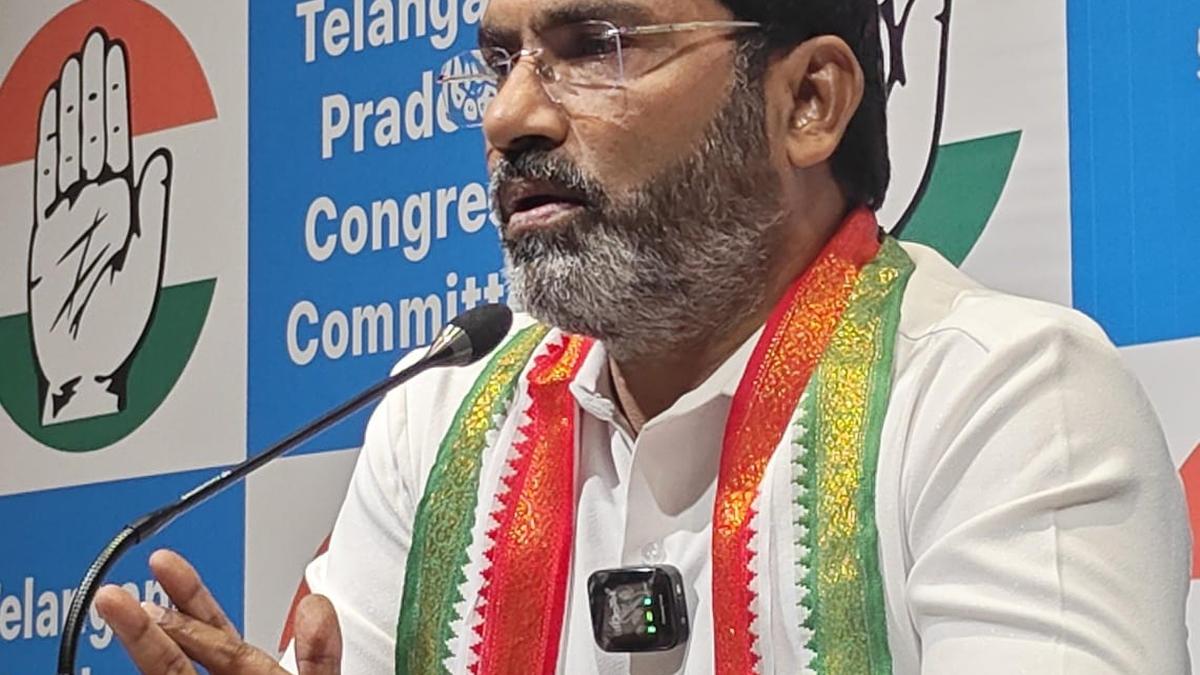Now Reading: India Prepares for a Pivotal Summer in 2025
-
01
India Prepares for a Pivotal Summer in 2025
India Prepares for a Pivotal Summer in 2025
Fast Summary
- kashmir Valley is experiencing unprecedented heatwaves, with July temperatures reaching 37.4°C, teh third-highest recorded since 1946. June was the hottest since 1978, with many areas logging temperatures well above normal.
- Prolonged heat and erratic showers have severely impacted apple orchards in Shopian district, causing sunburn on apples, increased scab infections, deformities in fruit size and color, and reduced chilling hours essential for apple cultivation. Kashmir accounts for over 73% of India’s apple production (20.56 LMT in 2024-25).
- Other agriculture sectors like paddy farming and fish farming are also stressed due too dried-up rivers and canals caused by reduced snow cover on glaciers like Kolahoi. Farmers are protesting water scarcity across regions like Anantnag and Baramulla; many farmers are shifting away from traditional crops to less water-intensive apples.
- Srinagar’s shift toward sub-tropical climate is attributed to urbanization-loss of vegetation (from 43 sq km in 2000 to 26 sq km by 2020) and reduced water bodies (7.48% area in 2000 to 5.58% area by 2020). Night temperatures show abnormal rises (e.g.,July night temperature at Pahalgam: +7°C above norm).
- Ecological damages include Hokersar Wetland drying up due to abrupt irrigation practices, threatening bird habitats while benefitting illegal encroachments for paddy cultivation; this has drawn criticism from environmental groups calling for government intervention.
- Expert studies forecast a faster rise in regional temperatures alongside disruptions caused by growing monsoon reliance for precipitation instead of winter snow accumulation.
Indian Opinion analysis
The escalating heatwave conditions across Kashmir highlight broader concerns about climate change perhaps reshaping the region’s ecosystem and socio-economic landscape irreversibly. Reduced snow cover impacts not only agriculture but also water security critical for both livelihoods and biodiversity conservation efforts-a compounding issue as urbanization accelerates resource depletion around Srinagar.
Kashmir’s transformation from temperate to sub-tropical weather demands focused mitigation strategies encompassing ecologically sensitive policies that prioritize conserving glaciers, wetlands, forests while managing irrigation sustainably amidst shifting precipitation dynamics brought on by strengthened monsoons.
Given the vulnerability of farmers heavily reliant on apples or paddy as livelihood staples amid unpredictable climatic stressors impacting yields directly-government advisories need clearer alignment toward long-term adaptive systems aside reactive measures tackling yearly crises unpredictably.
Read More Link






















